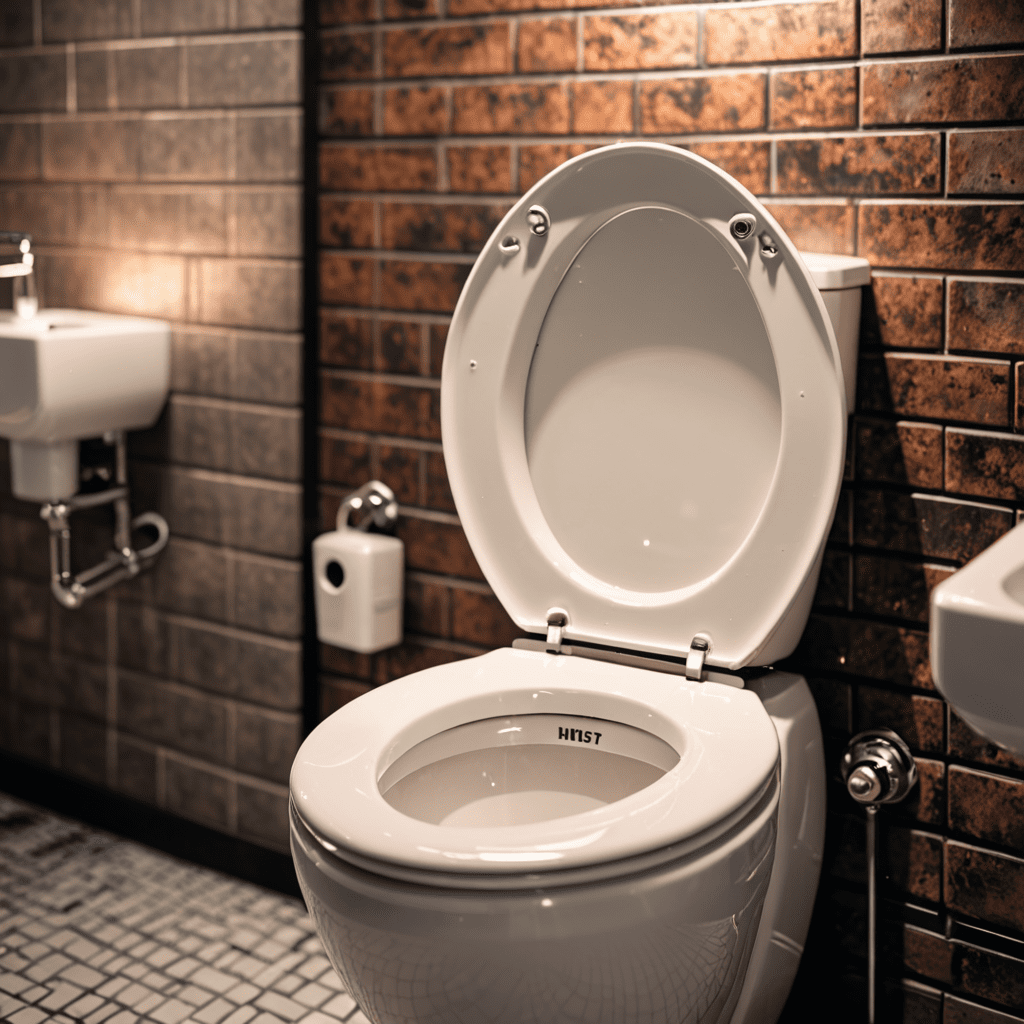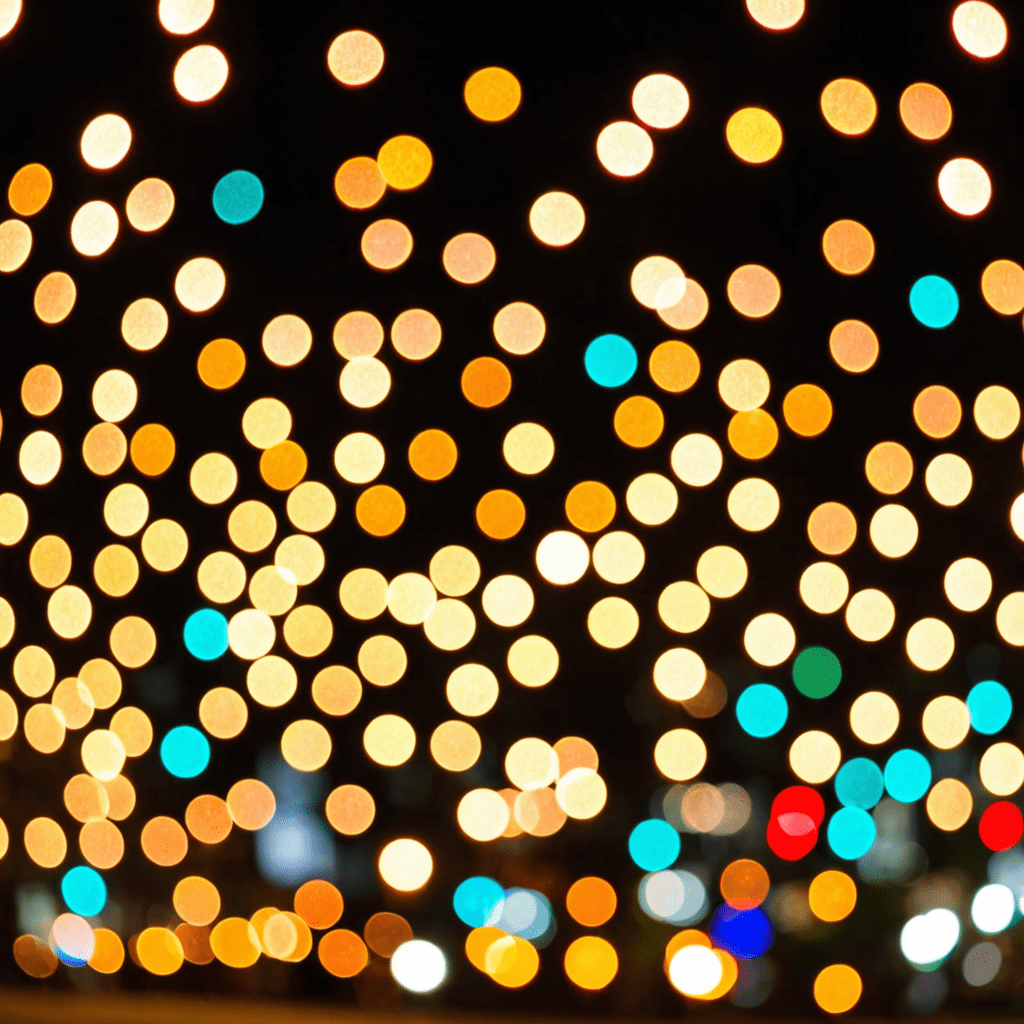Traditional Weaving Patterns in Bangladesh
Bangladesh boasts a rich and vibrant textile tradition, renowned for its exquisite weaving patterns. The country's textile industry has roots dating back centuries, with weaving techniques passed down through generations. This intricate craft has played a significant role in Bangladesh's cultural and economic landscape.
History of Weaving in Bangladesh
The history of weaving in Bangladesh can be traced to ancient times. Archaeological evidence suggests the presence of weaving practices as early as the 2nd century BCE. Over the centuries, the region became a major center for textile production, attracting merchants and traders from around the globe. Muslin, a fine cotton fabric produced in Dhaka, gained worldwide recognition for its delicate texture and luxurious drape.
Types of Traditional Looms
Weaving in Bangladesh involves the use of various traditional looms. The "pit loom" is a common type, where the weaver sits in a pit with the loom positioned above. Another type is the "fly shuttle loom," which utilizes a shuttle that is propelled by a foot pedal, allowing for greater speed and efficiency. These looms are typically made of wood and bamboo and are often passed down within families for generations.
Classification of Weaving Patterns
Traditional weaving patterns in Bangladesh are classified into several categories based on their designs and motifs. These include geometric patterns, floral and paisley patterns, striped patterns, checked and plaid patterns, and specialty patterns such as Jamdani, Dhakai muslin, and Tangail sari patterns. Each category showcases unique artistic expressions and reflects different cultural influences.
6. Striped Patterns
Striped patterns are a staple in Bangladeshi weaving. They are created by alternating threads of different colors, resulting in eye-catching vertical or horizontal lines. Striped fabrics are often used for traditional garments like lungis, shalwar kameezes, and saris. The simplicity of striped patterns allows for versatility in design, with variations in stripe width, color combinations, and spacing.
7. Checked and Plaid Patterns
Checked and plaid patterns are composed of intersecting vertical and horizontal lines, forming squares or rectangles. These patterns add a classic and timeless touch to textiles. Checked fabrics are commonly used for uniforms, shirts, and scarves, while plaid patterns are popular for shawls, blankets, and upholstery. The size and color of the checks or plaids can vary widely, creating a diverse range of aesthetic effects.
8. Jamdani Patterns
Jamdani is an intricate weaving technique that originated in Dhaka. It involves weaving supplementary weft threads over a plain warp to create elaborate patterns. Jamdani fabrics are known for their delicate motifs, often featuring floral, geometric, and paisley designs. They are highly prized for their beauty and craftsmanship, and are commonly used for creating saris, scarves, and formal wear.
9. Dhakai Muslin Patterns
Dhakai muslin is a legendary fabric renowned for its ethereal lightness and sheer texture. It is woven using fine cotton threads, resulting in a fabric that is both delicate and durable. Dhakai muslin patterns are typically characterized by intricate floral motifs, such as paisleys, vines, and blooming flowers. These patterns are often combined with geometric designs, creating a harmonious and visually stunning effect.
10. Tangail Sari Patterns
Tangail saris are traditional hand-woven saris that originated in the Tangail district of Bangladesh. They are known for their vibrant colors and intricate patterns. Tangail sari patterns typically feature motifs inspired by nature, such as flowers, leaves, and vines. They are also known for their use of contrasting colors, creating a striking and eye-catching effect. Tangail saris are highly prized for their beauty and craftsmanship, and are often worn for special occasions.
FAQs
Q: What are the most popular traditional weaving patterns in Bangladesh?
A: Geometric patterns, floral and paisley patterns, striped patterns, checked and plaid patterns, Jamdani patterns, Dhakai muslin patterns, and Tangail sari patterns are among the most popular traditional weaving patterns in Bangladesh.
Q: What materials are used in traditional Bangladeshi weaving?
A: Silk, cotton, jute, and bamboo are commonly used materials in traditional Bangladeshi weaving.
Q: Where can I find traditional Bangladeshi textiles?
A: Traditional Bangladeshi textiles can be found in local markets, textile stores, and boutiques throughout the country. They can also be purchased online from reputable retailers.


